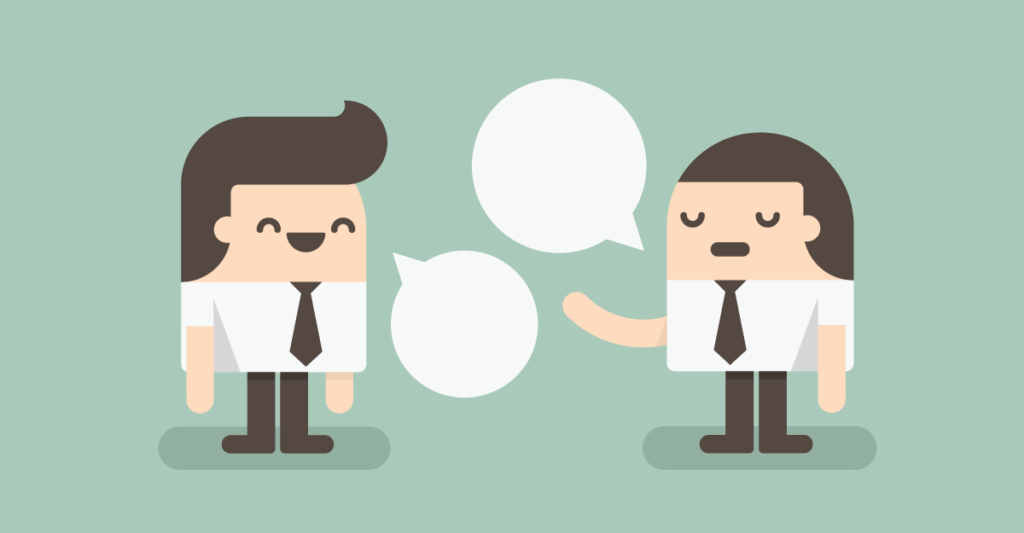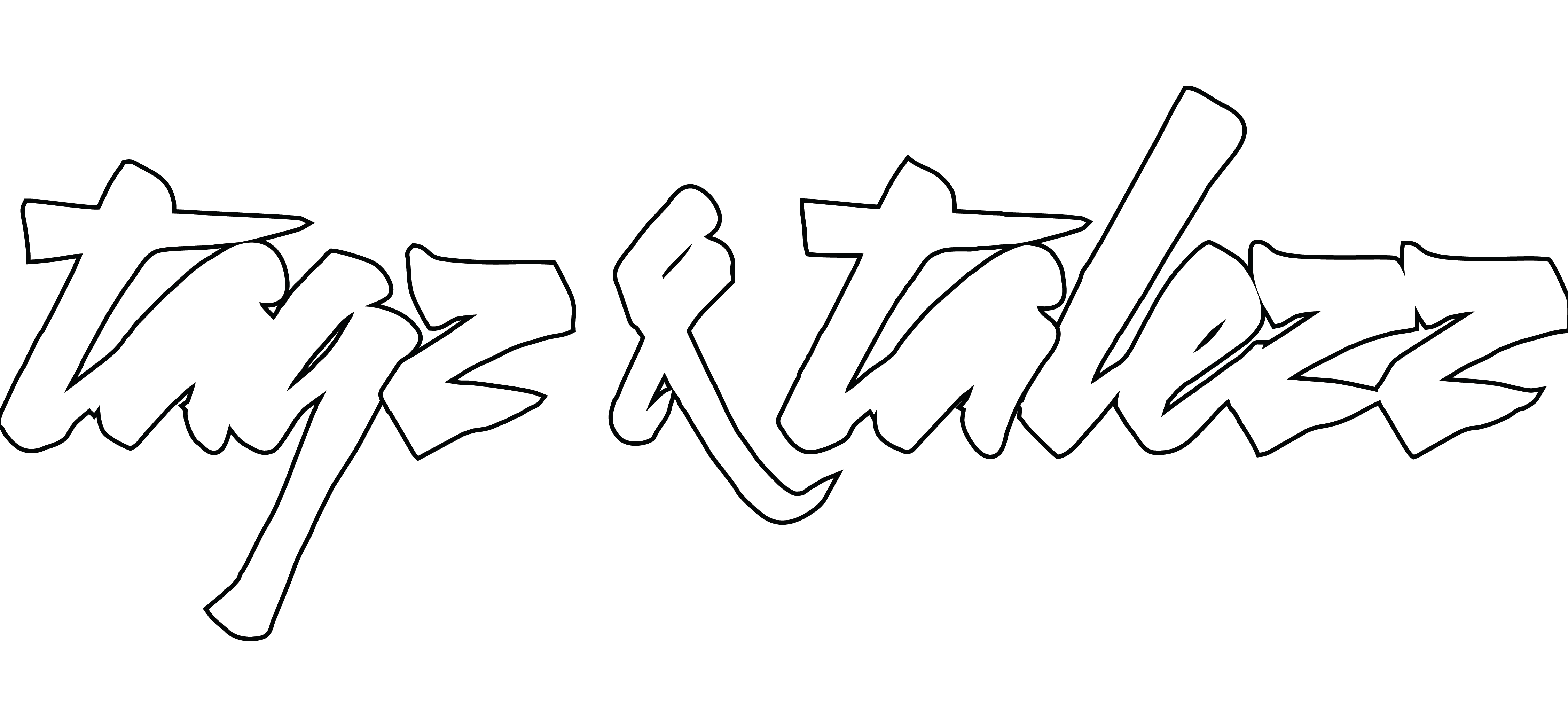
HOW TO USE AIDA MODEL FOR CONSUMER JOURNEY
Since years the AIDA model has been used in marketing to understand the path of purchase of consumers. It can also be referred to as Communication model. Since decades, AIDA has been looked upon as an acronym of Attention, Interest, Desire and Action. However, with evolving technology and access to information the definition and use of AIDA has too evolved.
Specifically talking about Digital Marketing, a user feeds its search query with a pre-desire in mind. Thus, it’s not always true that the consumer’s path to purchase begins with the first stage of AIDA Model. In this case it will start from the second stage – Desire.
If we go back when AIDA was first thought of, the purchase funnel was direct. You hook the attention of the audience, grab their interest, this paves the path of desire in their mind, thus, arousing the need to take action – purchase.
Today, things are pretty much different. There are multiple channels and medias through which we communicate and influence the buying behaviours of the audience or the consumer. There multiple layers of engagement and interaction, which is two ways – brand with consumer and consumer with brand. This is ore faster and direct than ever before.

Here is a slight twist in the traditional AIDA MODEL. The changes do not mean that the old model needs to be trashed completely; I have made an attempt to redesign the AIDA on the old foundation only. Keeping the consumer at the centre, every stage is designed to take them closer to the sales. Stage#1 ATTRACTION Today, consumer’s psychology has changed drastically – unlike earlier, the AIDA model not necessary begins with attention. He has a desire and so he is searching for something. At this stage, if we are able to attract his/her attention the first lap is achieved – ATTRACTION. Why Attraction? It’s simple because Attraction is the power to evoke interest. And if this has been done successfully, and if the interest has been revoked, it is quite obvious that the consumer will move on to the next stage. Stage#2 INSIGHTS When there is a BROAD INTEREST a person tends to hunt for Insights. He looks out for more and more available information. This ignites his desire to buy the product or service. This interest or quest is more specific, which leads to DESIRE. Stage#3 DECISION This is a phase is a combination of two phases of the old AIDA Model – where he has INSIGHTS as well as he has the DESIRE. Serving him with the right piece of information at this stage will encourage his DECISION. WITHOUT DECISION THERE IS NO ACTION. If the decision is made, the consumer will move towards the next stage, and the cycle will be completed. Stage#4 ACTION After putting months of efforts now is the time to sell your product. The user in this phase has reached the last lap of the process – where he knows what he wants – his search is specific – so we need to be SPECIFIC TO PROMPT HIM TO TAKE ACTION. Well, this is not the end. In marketing, one should never forget the 80/20 rule. 80% of your business comes from repeated sales, while 20% should be from the new customers. Thus, retention of customer loyalty is very important. Now the question is – how can this be applied to digital marketing strategy? The AIDA model helps you to strategize how and when to communicate with your audience, during a different stage of the path to purchase. Needless to mention, consumers use different platforms; engage at different touch points and demands different information throughout the stages from various sources. You can use AIDA to tailor your communication strategy to ensure quality leads. Before you begin, ask yourself some key questions:

Here is a slight twist in the traditional AIDA MODEL. The changes do not mean that the old model needs to be trashed completely; I have made an attempt to redesign the AIDA on the old foundation only. Keeping the consumer at the centre, every stage is designed to take them closer to the sales. Stage#1 ATTRACTION Today, consumer’s psychology has changed drastically – unlike earlier, the AIDA model not necessary begins with attention. He has a desire and so he is searching for something. At this stage, if we are able to attract his/her attention the first lap is achieved – ATTRACTION. Why Attraction? It’s simple because Attraction is the power to evoke interest. And if this has been done successfully, and if the interest has been revoked, it is quite obvious that the consumer will move on to the next stage. Stage#2 INSIGHTS When there is a BROAD INTEREST a person tends to hunt for Insights. He looks out for more and more available information. This ignites his desire to buy the product or service. This interest or quest is more specific, which leads to DESIRE. Stage#3 DECISION This is a phase is a combination of two phases of the old AIDA Model – where he has INSIGHTS as well as he has the DESIRE. Serving him with the right piece of information at this stage will encourage his DECISION. WITHOUT DECISION THERE IS NO ACTION. If the decision is made, the consumer will move towards the next stage, and the cycle will be completed. Stage#4 ACTION After putting months of efforts now is the time to sell your product. The user in this phase has reached the last lap of the process – where he knows what he wants – his search is specific – so we need to be SPECIFIC TO PROMPT HIM TO TAKE ACTION. Well, this is not the end. In marketing, one should never forget the 80/20 rule. 80% of your business comes from repeated sales, while 20% should be from the new customers. Thus, retention of customer loyalty is very important. Now the question is – how can this be applied to digital marketing strategy? The AIDA model helps you to strategize how and when to communicate with your audience, during a different stage of the path to purchase. Needless to mention, consumers use different platforms; engage at different touch points and demands different information throughout the stages from various sources. You can use AIDA to tailor your communication strategy to ensure quality leads. Before you begin, ask yourself some key questions:
- ATTRACTION: How do we make consumers aware of our products or services? What is our digital marketing strategy? What will be our brand awareness strategy? Which channels and platforms are we going to use? What’s our objective? What keywords should be a target?
- INSIGHTS: Once the audience is attracted towards our product or service, how will be inspiring them to gain more insights? What will be our content strategy? What are the social proofs available to back up our brand reputation? How will we make the information available and where?
- DECISION: How will we convert their interest into the decision – decision to purchase? What will be our content strategy at this stage? How will I lead them toward phase 4 or the final phase?
- ACTION: What will be the call-to-action? Where will we place them? How will we make it easy for consumers to connect? Where would the consumers expect to find the information? Which digital marketing platforms should we use and how to keep them engaged?
- 20th JULY 2020

